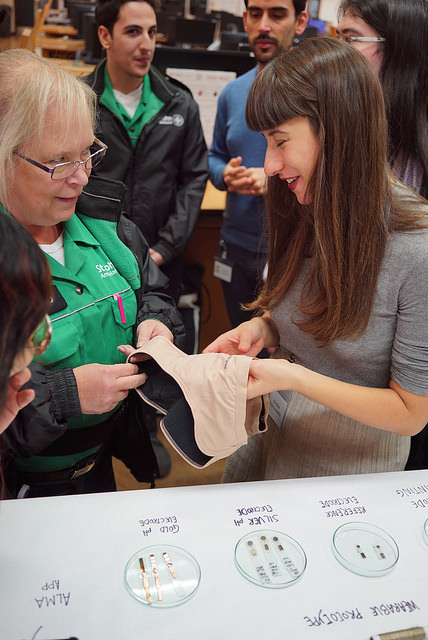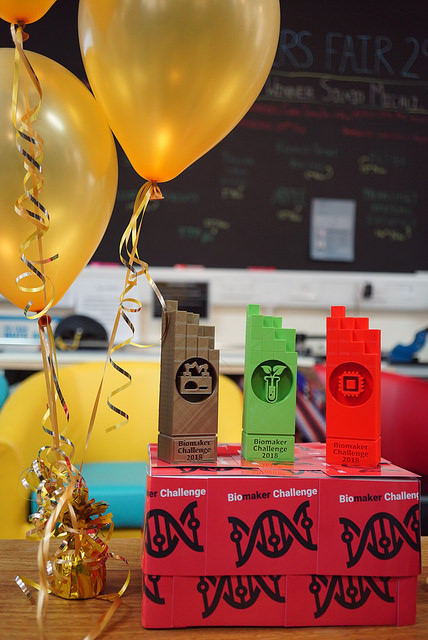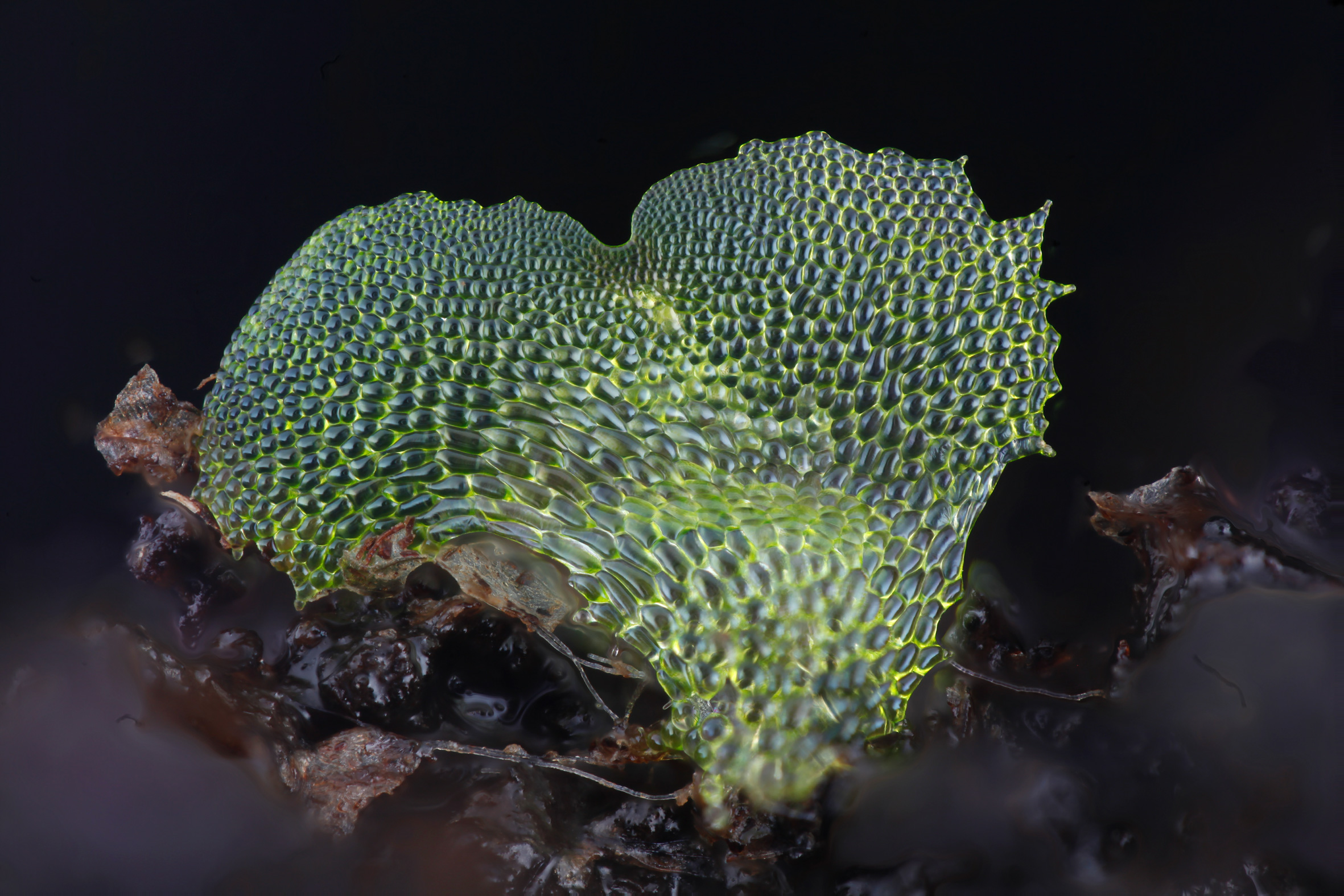The OpenPlant-supported Cambridge-JIC iGEM Team are exploring open source synthetic biology tools for chloroplast engineering in algae. The following was authored by Cambridge JIC- iGEM team member Claire Restarick and is reposted with permission from the Cambridge Consultants blog.
Since our initial blog post, we’ve spent many hours finalising designs for our genetic assemblies, which are now in the process of being synthesised. Once these are complete, we will begin the challenging task of completing four rounds of experiments before our deadline in September.
While our biologists are making significant headway in the lab, there have also been advancements on the hardware and engineering side. Our designs for low-cost, open-source lab equipment to support our Chlamydomonas transformation protocol have started to take shape – with the first stages of assembly taking place. This equipment will include a growth facility with light control, temperature regulation and imaging capabilities (linked to a dedicated Twitter account, @RPi_camigem2016), as well as a gene gun which, if successful, will transform cells by firing DNA-coated tungsten microparticles directly into them at high pressure.
The decision to make our hardware low cost and open source developed from recent trips to publicise our project at synthetic biology conferences in Paris and Norwich. At the Bio NightScience event hosted by the Centre de Recherches Interdisciplinaires (CRI) at the Cité des Sciences et de l’Industry, we presented our project to the conference and heard from many projects originating from Makespaces – collaborative community labs with little-to-no budget. We found its use of plant synthetic biology was hindered by the high cost of commercial equipment to culture and transform plant and algal cells. This inspired us to design low-cost equipment, which could make the area of plant synthetic biology more accessible to these creative workspaces, and other small research institutions.
The issue of documentation for open-source hardware for synthetic biology was raised repeatedly during the Open Plant Forum, hosted by the John Innes Centre in Norwich. A lack of clear, detailed protocols online makes it near impossible for the average novice builder to construct these devices. Having struggled ourselves to find appropriate parts and clear designs online, we have placed a focus on thoroughly documenting our designs, to make our open-source designs truly accessible for everyone.
To support both the hardware and biology aspects of the project, we have also continued our work on mathematical modelling, developing an open-source, integrated, kinetic model of Cas9-mediated gene insertion. We also held our first meeting with the director of the Cambridge-based Centre for Global Equality, to begin developing the human practices element of our project – understanding its impact and integrating this within the design and aims of the different parts.
Now past the halfway point of our project’s timeline, we feel well on track to meeting our project’s ambitious goals. Thanks to the continued support of our advisors at the Plant Sciences Department, and specialist advice from Cambridge Consultants, all aspects of our project are developing the potential to have an impact on both the scientific and non-scientific communities.
Note from Cambridge Consultants
Synthetic biology has huge potential to solve many of today’s critical challenges in healthcare, agriculture, energy and the environment. That’s why Cambridge Consultants has decided to sponsor the Cambridge University team at iGEM 2016 – the international genetically engineered machine competition run by MIT. As part of our sponsorship, we are acting as mentors – giving the team access to more than 700 Cambridge Consultants engineers and scientists worldwide to help solve problems during this year’s project.
The iGEM team is also grateful for support from:
- OpenPlant
- University of Cambridge, School of Biological Sciences
- BBSRC, the Wellcome Trust, and the Society for Experimental Biology

![[Closes 24 Nov 2107] Apply now to the OpenPlant Fund!](https://images.squarespace-cdn.com/content/v1/54a6bdb7e4b08424e69c93a1/1509564315902-TUO4I6QRWI9TT8UGSIAJ/OpenPlantTwitter_400x400+%281%29.jpg)

![[Closes 7 Mar 2017] OpenPlant Research Associate (Haseloff Lab)](https://images.squarespace-cdn.com/content/v1/54a6bdb7e4b08424e69c93a1/1486552818859-FH76MCA8SMFU93WB85RX/OpenPlantTwitter_400x400.jpg)



























